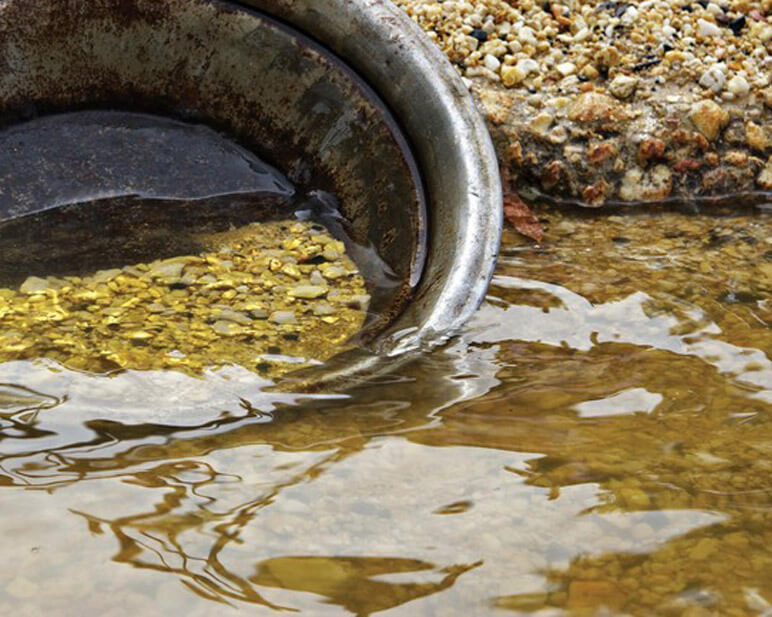Some events mark a turning-point, a before and an after. The introduction of the Kimberley Process is one; the creation of the Responsible Jewellery Council (RJC) is certainly another. The former saw daylight in 2003 to alert the rough diamond trade to the fact that, for years, these precious stones had been used by rebel factions in Sierra Leone, the Democratic Republic of the Congo, Liberia and Angola to arm their troops, as dramatically portrayed in the film Blood Diamonds. Two years later, the RJC entered the fray. Its sights are trained on dirty gold, meaning the one-fifth of world production which is mined with complete disregard for health, safety and the environment.
Richemont blazes a trail
Judging by the news from the RJC, the initiative is spreading fast. Barely a week goes by without an announcement that certification has been awarded to new members from across the board, from mining and refining to end users, bringing membership to 350 companies. Joining the RJC from the world of fine watchmaking over recent months have been Bulgari, Boucheron, and Richemont brands Piaget, Baume & Mercier and Jaeger-LeCoultre.
The presence en masse of Richemont brands is no coincidence; the group was at the vanguard of the movement. Cartier is a founder-member of the Responsible Jewellery Council, followed by Van Cleef & Arpels, then Vacheron Constantin and Montblanc. That certification takes two years confirms these were early adopters of a “clean” strategy. Bernard Fornas and Philippe Léopold-Metzger, respectively CEOs of Cartier and Piaget, sit on the RJC Board of Directors, which is the Council’s decision-making body.
Once a company has joined the RJC, it has two years to bring itself into line and obtain certification.
"No dirty gold"
After struggling to its feet six years ago with just 13 members, the RJC began by drawing up ethical and social criteria to be validated by the United Nations. Published in 2009, these criteria became the basis when selecting the independent, neutral auditors that would verify applicants complied with the RJC’s code of practice. Once a company has joined the RJC, it has two years to bring itself into line and obtain certification. Controls are then carried out on a regular basis to ensure that the system is respected.
Michael Kowalski, Chief Executive of Tiffany & Co, another RJC founder-member, doesn’t mince his words: “It all began with conflict diamonds. Shame on us!” he exclaims. There could only be one objective: to develop a system that traces gold which has been mined using methods that respect workers and the environment. A number of non-governmental organisations have also made “No Dirty Gold” their battle-cry with campaigns to raise awareness among the general public. The fight continues.














